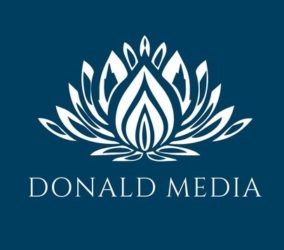I am happy to report that my sort-of first academic conference went well, in that I completed my presentation and no one threw anything at me or shouted “Heretic!” and tried to chase me from the building. My barometer for “went well” might be a little low, but remember, I work in the news business.
Technically my first academic conference was the Walter Cronkite Conference on Media Ethics and Integrity, where I spoke about the 2014 project to rewrite and update the SPJ Code of Ethics a couple of years ago. I was a bundle of nerves there as well, but I was not presenting original research; merely reporting on a process in which I was part, and with extensive assistance from then-chairman Andrew Seaman and former chairman Kevin Smith.
The conference took place the first weekend of March at the University of Oklahoma in Norman, Okla., which is just south of Oklahoma City. I flew down on Feb. 28 and took the afternoon to look around Oklahoma City before settling in to be all academic and stuff.
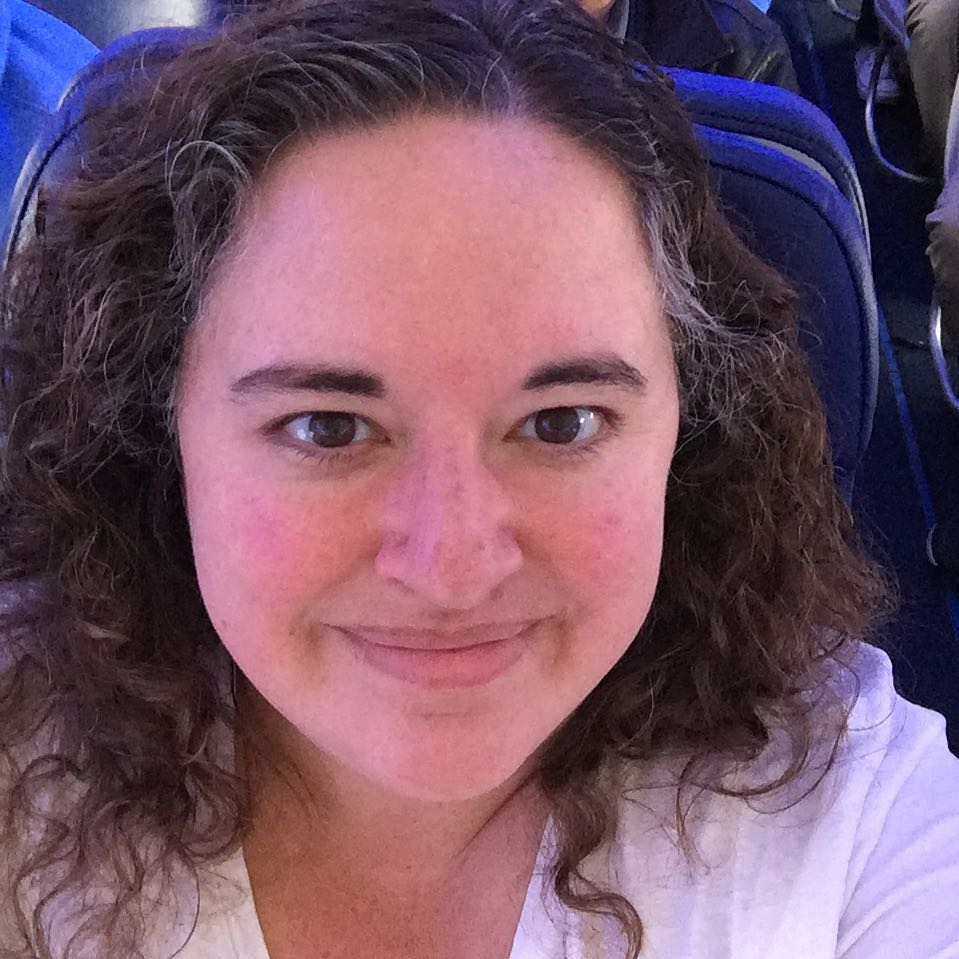
This is the first academic conference where I was presenting my own research, and as my friends and colleagues know, my research last semester was wrought with blood and tears, so I was more than a little uneasy about the presentation.
But no moreso than my traveling companions, both of whom are my fellow first-year masters students and at least twenty years younger than I, the younglings.
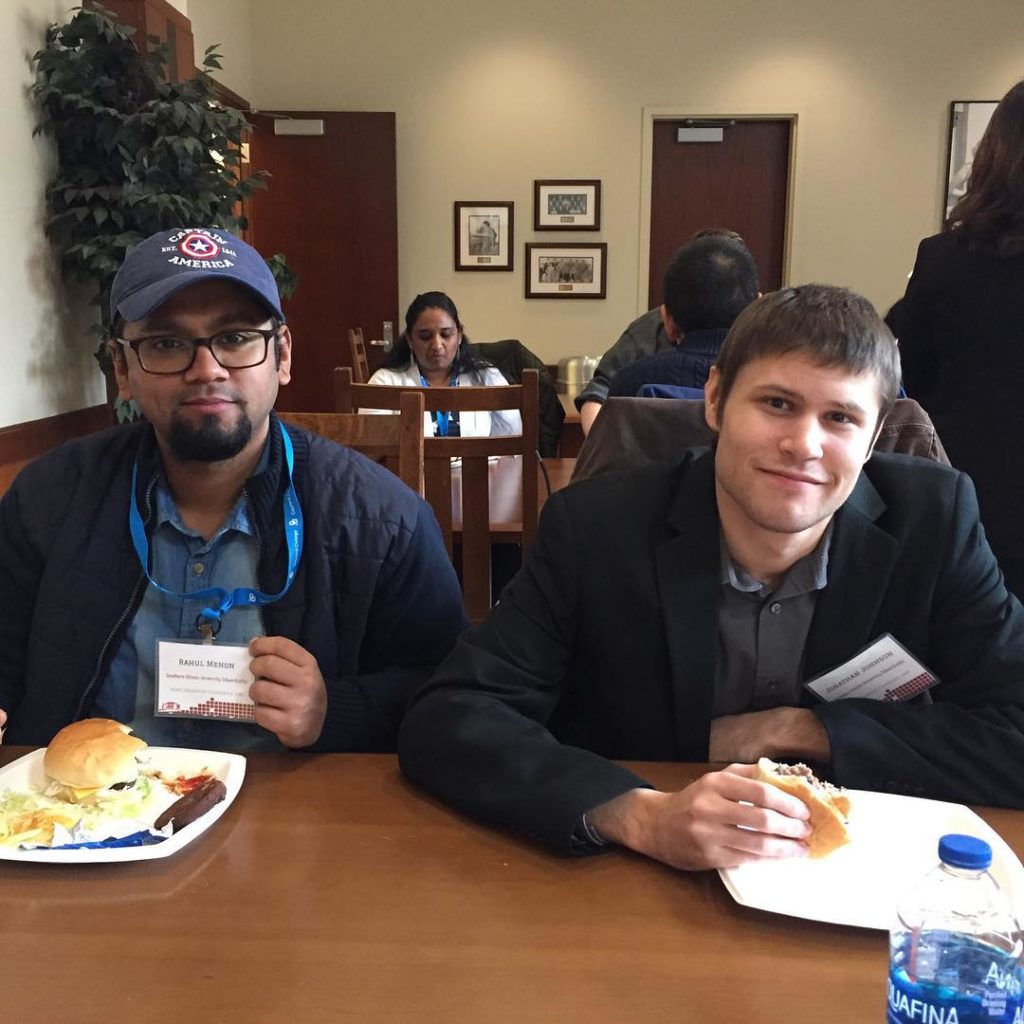
I’m glad to report that AEJMC is a fairly low-key and welcoming conference, with three or four presentations per hour in small rooms with receptive audiences. Following the presentations, there is a respondent (who apparently was tasked with reading all the papers) who gives initial feedback, then questions and comments from the audience.
The respondent for my session could not make it, which was both a disappointment and a relief – I hope for real feedback, but I’d be just as happy not to get it in front of a live studio audience. I’m shy.
I attended many other sessions as well, and got a sense of what kind of research is taking place on the academic side of the field. This is different than the usual trade conferences I attend (and certainly different than the pop culture cons).
The trade conferences tend to be focused on practical applications, career advice, recounting of methods and approaches, and other how-to’s for performing and promoting journalism.
At the pop culture cons, there’s usually people in costume. This was not present at AEJMC.
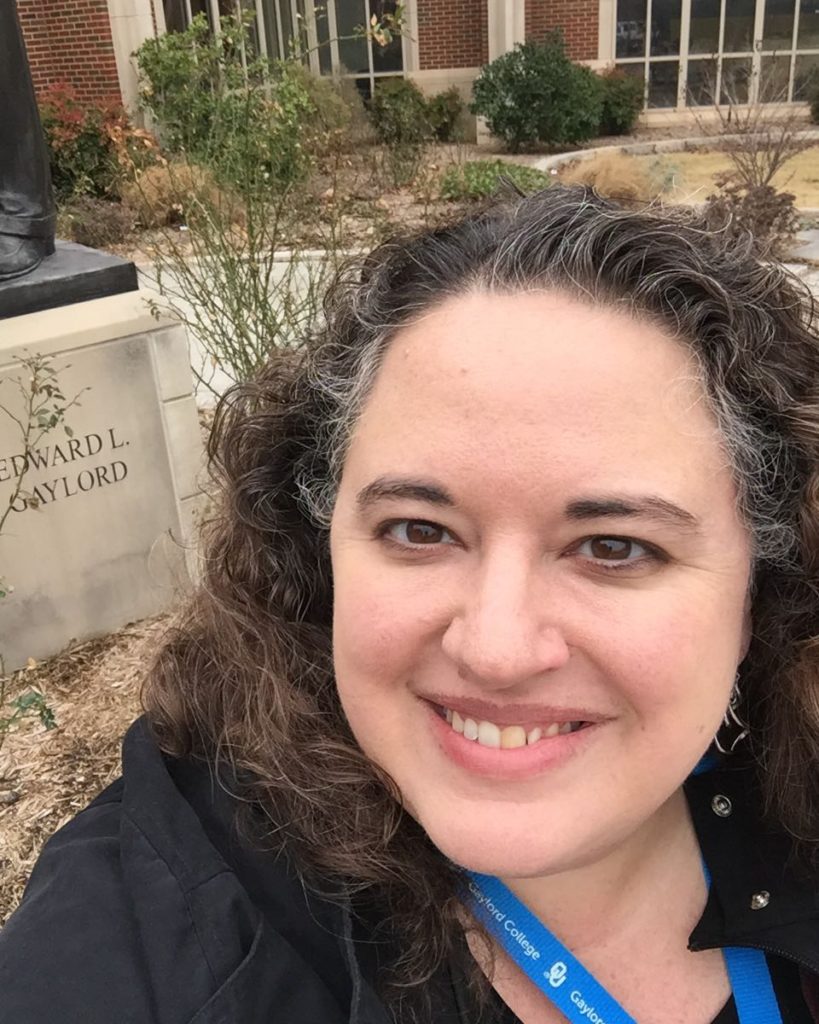
Here are some of the research projects I heard presented:
• A game-based intervention on adults for media literacy did not yield the expected results, but showed promise for refinement in helping to promote the ability to discern fact from fiction in news content.
Note: The more education one has, the more one interacts with text and the more time you spend on content, the more likely you are to be able to discern fact from fiction and resist manipulation. Yet another nail in the coffin of “not everyone needs an education,” in my opinion.
As one person in the audience suggested, it is high time universities considered mothballing the old-fashioned “speech” class requirement in favor of intro to media or media literacy for all undergrads. Not every professional adult is going to give speeches in their work life, but everyone will need media literacy going forward. Food for thought.
• Along that line of thought, West Texas A&M University developed a service learning model for media literacy. Freshman students went through a five-week training course in media literacy, then went into the area high schools and taught the principles of media literacy to high-schoolers. The high schools want to incorporate it into their curriculum, but are swamped with mandates and limited on time and resources.
The program emphasized the importance of balance and fairness, evaluating sources, internet censorship, citizen journalism around the world, the impact of social media, and more. Then by teaching it to younger kids, the students learn better themselves.
Note: The program focused on finding a middle ground between championing journalism’s goals and successes, and dwelling endlessly on our errors and doom-and-gloom challenges. Teaching young people that all media is suspect, that journalism is dead and everyone online is awful does not help foster the next generation’s ability to navigate the media landscape or build a better one.
Or, as one speaker put it, a critical look at mass media should not turn into a conspiracy-theory cynicism that serves only to further tear down the profession and the industry.
• An examination of automated journalism in China. There have been previous studies of this, but focused only on such news in English. What is automated journalism? Apparently, news stories that are aggregated by algorithm, with no humans involved.
This is a beast heretofore unknown to me. The creation of aggregate stories alone was a bit of a shock to me a few years ago, when it tore down the age-old prohibitions on citing and linking our competitors’ work by compiling “stories” with links and citations to other news organizations. But at least those stories still have a living, trained journalist doing the compiling and evaluating the sources’ veracity. This is the closest thing I’ve seen yet to replacing journalists with robots.
It’s safe to say I’m not a fan.
Fortunately, the study found that readability and expertise rated higher for human-written news than automated, although for some reason readers rated credibility marginally lower for humans than machines. If you want to read more about Robby the Robot Journalist, Emerj did a piece on news by A.I. in January.
• Research on health podcasts found that doctors and people who have been personally diagnosed with an illness carried much higher credibility with podcast listeners than hearing the same information from a podcast host who did not have medical credentials. It also had a higher impact on health behaviors, and a higher interest in downloading and following the podcast in the future.
Another podcast study focused on commercials: the average is 5.1 commercials per podcast in the top 100 iTunes-distributed podcasts, up from 2.4 a decade ago. About 31 percent were sponsorships, and 87 percent directly or indirectly related to the subject of the podcast.
• This one will not please my teenage son: While 71 percent of Americans age 18-24 are habitual Instagram users, as much as 25 percent would qualify as “problematic users.” Social media addiction is a real, trackable thing, folks.
The addictive gratifications of compulsive Instagram use rival those obtained by food, sleep and sex, though they do not have a classification as a mental disorder (yet). They defined it as a state of unconscious activity, of compulsive use with multiple gratifications. I am probably mangling this definition, but it was an interesting study.
• In popular culture, there were examinations of Mad Men as a paradoxical feminist text, the portrayal of bisexuality on CW shows, the representation of Asian Indians in American film over the last 10 years, and the Kardashians’ impact on awareness of the Armenian genocide.
Don’t laugh. I didn’t know either, but they’re an Armenian episode and have apparently made a significant impact in advocacy for genocide victims and awareness of Armenian culture in exile. Who knew?
Also, the average CW viewer watches eight hours of TV a day. When do they work or sleep?
My colleague Rahul Menon did the Indian film study, and found an increasing number of positive portrayals of Asian Indians as hardworking, funny and helpful, though still fewer than half are actually portrayed by Indian actors.
Finally, there was a study on the impact that popular culture can have on people’s perceptions of mental illness. Specifically, they studied Batman and Beyonce, focusing on an article about Beyonce’s struggle with depression and Batman knocking the hell out of someone who said bad things about someone with mental illness. I’m paraphrasing, because this is already a long blog post, but it was an interesting study from the University of Missouri.
The answer is: yes, it makes a difference – but the study itself didn’t quite bear that out. Popular culture changes opinions, which sounds like a DUH, but in academia you need research and statistics to back up the things that should seem obvious, because sometimes it’s not. The “parasocial relationship,” which is academic-speak for our ability to identify with a fictional character, is key to whether the popular culture icon can shift personal opinion in real life. In short, mental health stigma can be reduced if it is responsibly discussed in media, but the message and the media matter.
Also: More than 80 percent of the audience was familiar with Beyonce. Only 69 percent were familiar with Batman. What?
This is a quick-and-dirty rundown on two days of research discussion, and apologies if I have mangled anyone’s research. I was honored to be there with my little study on journalists’ portrayal in film, and gained some ideas and feedback for my continuing research as I proceed into … wait for it … my thesis. But more on that next year!
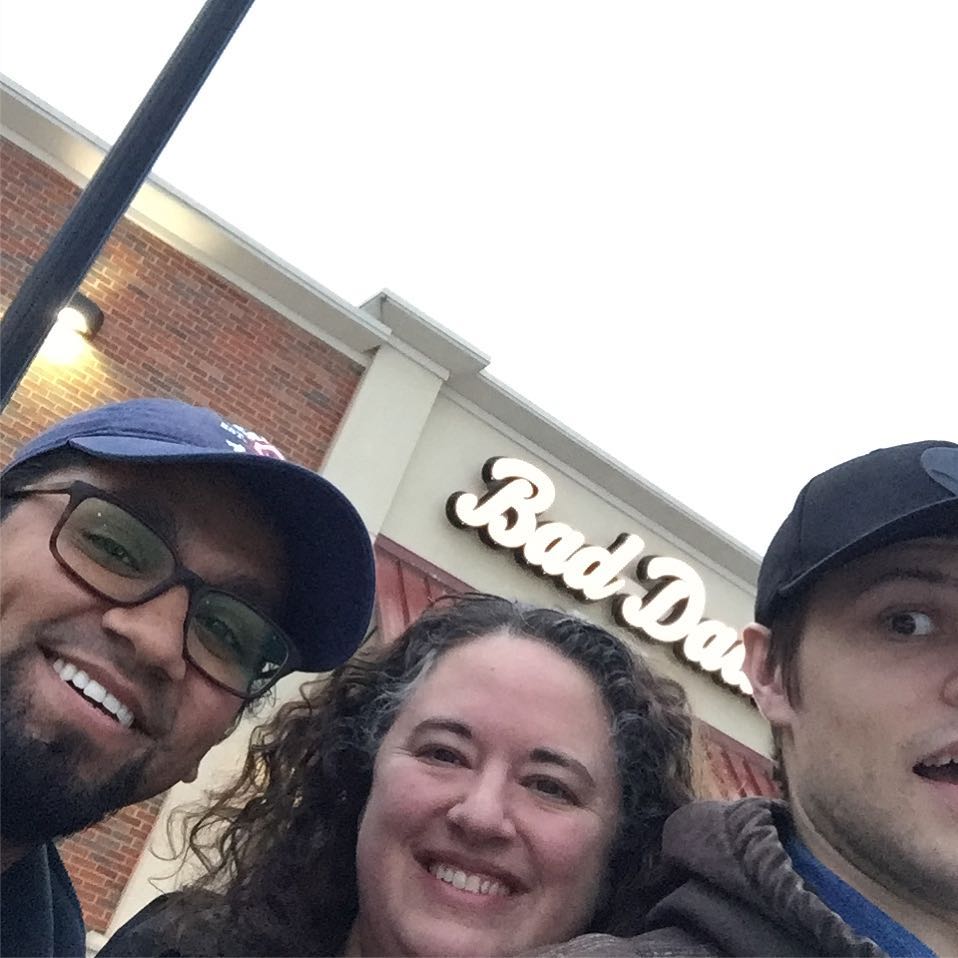
Note: I visited the Oklahoma City National Memorial while I was in town. A narration and photo array will be pending on the Patreon.

